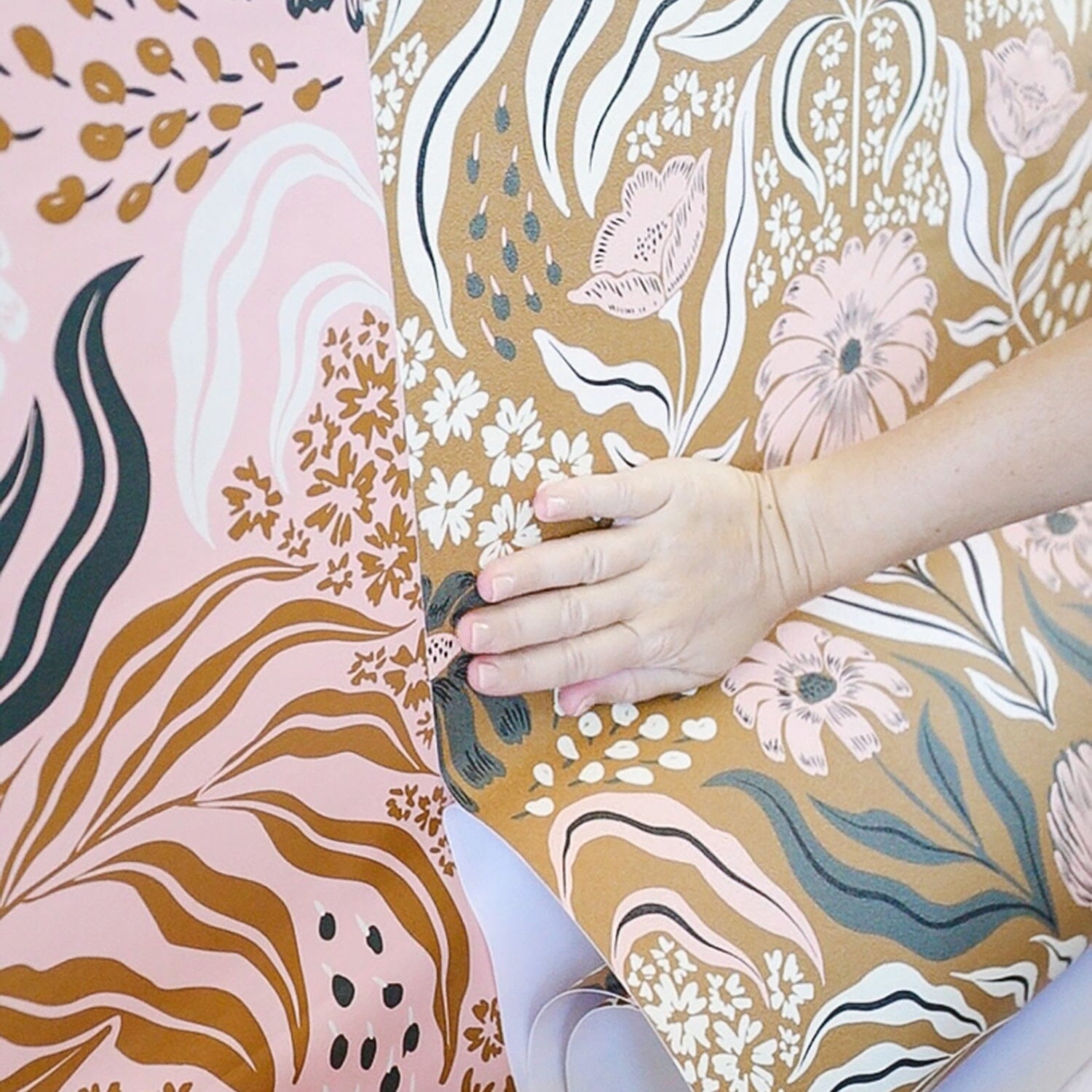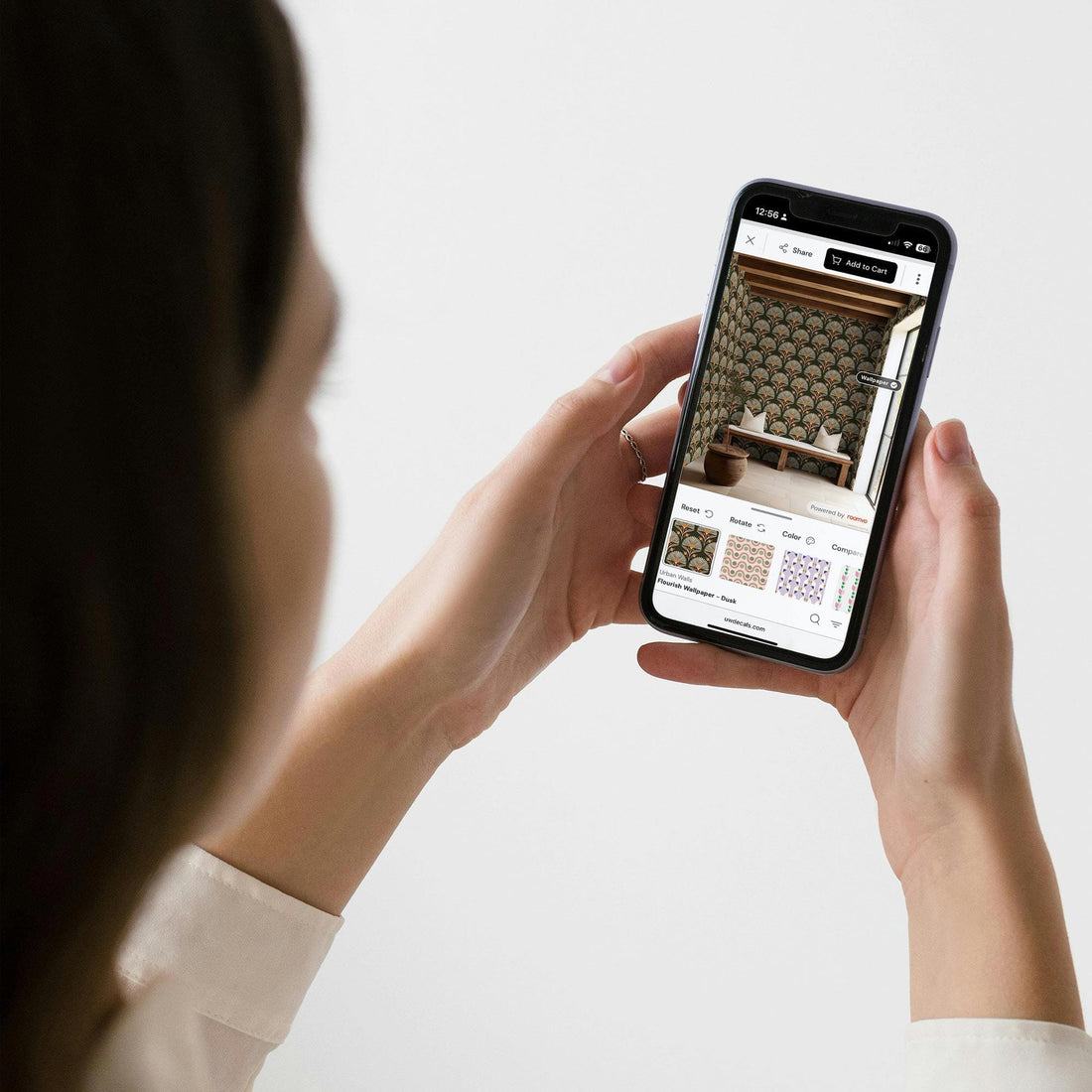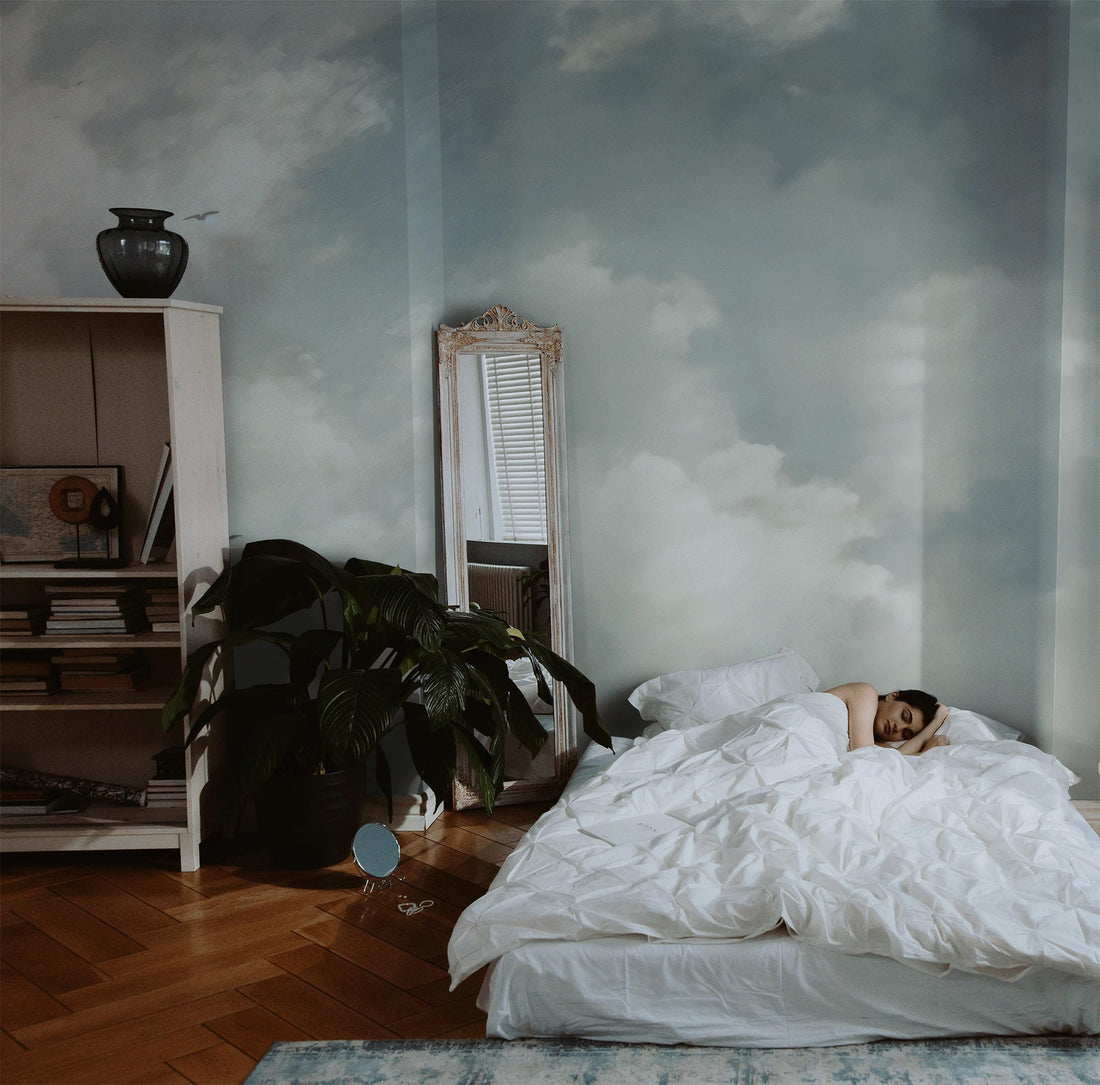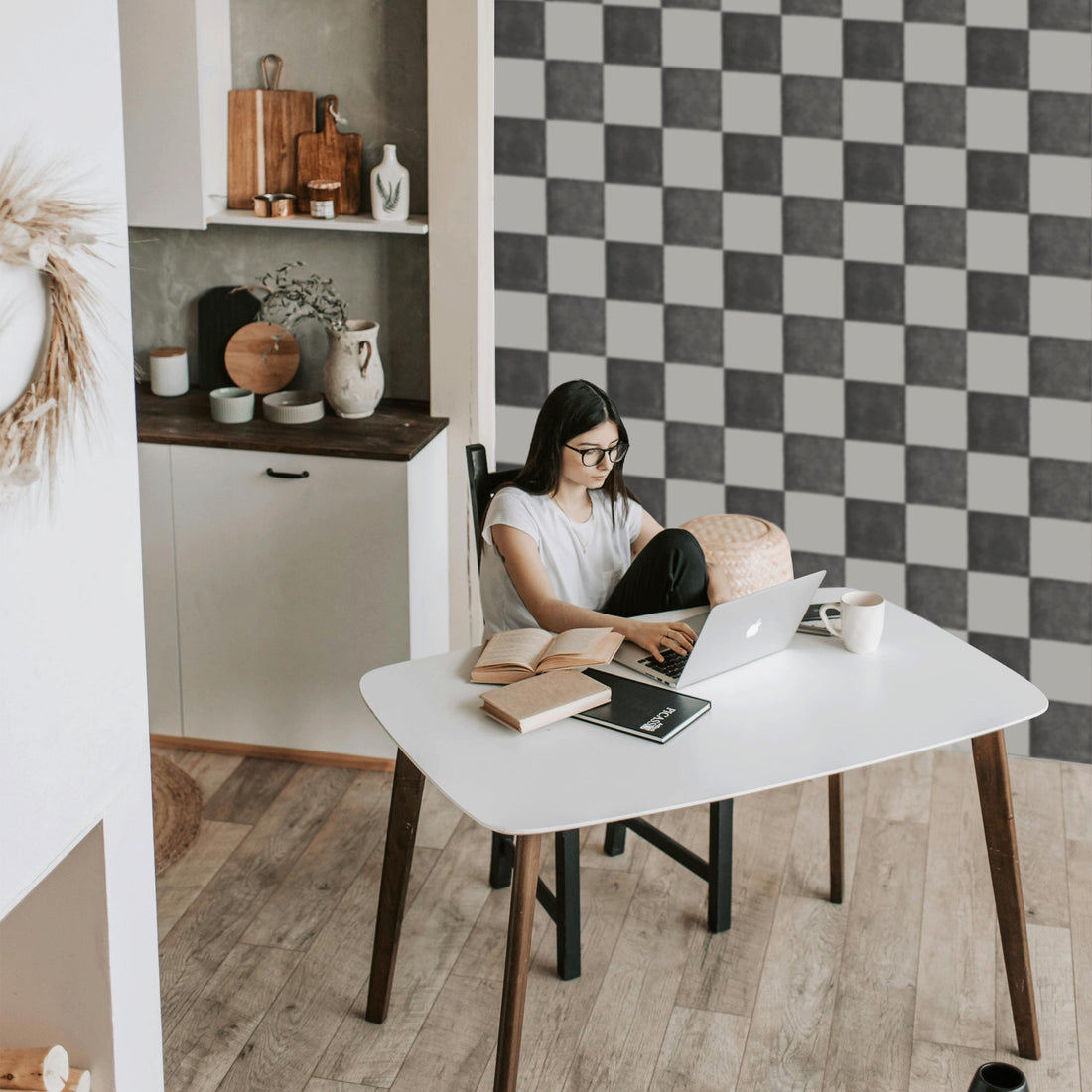If you're thinking about giving your walls a fresh, stylish update with peel and stick wallpaper, you're in for a fun adventure. Today, we'll delve into the details of our two popular wallpaper types: textured and standard vinyl. Let's start by highlighting what they have in common, then we'll explore their unique features.
What They Have in Common

Both our textured and standard vinyl wallpapers are peel and stick, meaning no need for water, glue, or messy adhesives. Simply peel the backing and stick it on the wall. Both types are removable, making them perfect for renters or those who like to frequently refresh their décor. Their high quality ensures a stunning and long-lasting finish.
Always order samples to check how the colors look with your existing décor. Trying it on your wall ensures it’s the perfect fit. Both wallpaper types can be installed easily with a squeegee to help push out air bubbles. While installation is doable solo, having a friend assist can make the process quicker, easier, and more enjoyable.
Standard Adhesive Vinyl

Our standard adhesive vinyl is excellent for most interior walls, including smooth, painted surfaces, glass, and metal. Here are its standout features:
- Self-Adhesive: No additional glue needed.
- Removable, Not Reusable: Comes off easily without leaving residue.
- Matte Finish: Smooth, non-textured surface.
- Durable: Scuff-resistant and flexible.
- Seam Overlap: Designed with an overlap to prevent seams from showing due to seasonal expansion and contraction.
This material is ideal for those who love changing their décor often. Its strong adhesive ensures it stays put but can be removed easily when it's time for a change. Whether you're renting or own your home, this is a great choice for adding a stylish touch.
Effortlessly upgrade your walls with our standard peel and stick vinyl – follow this easy step-by-step guide and get started today!
Textured Vinyl

Our textured vinyl offers a unique dimension to wall décor. It’s a non-slip, textured film reinforced with fabric for added durability. Here’s what makes it special:
- Self-Adhesive: Easy peel and stick installation.
- Canvas-Like Texture: Adds warmth and depth to your walls.
- Versatile Applications: Suitable for carpet, tile, metal, wood, stone, smooth concrete, asphalt, brick, and ceramic tile.
- Stronger Adhesive: Perfect for rough and uneven surfaces like brick, stucco, or textured wallpaper.
- Butt Joint Installation: No need for overlapping seams; panels align edge to edge like traditional wallpaper.
This option is fantastic for adding character to spaces with textured surfaces. Its stronger adhesive ensures it adheres well to uneven walls, making it another excellent choice for renters.
Discover the magic of our textured wall mural installation in this video – you won't believe how easy it is!
Picking the Right Substrate

Different substrates can have different undertones, so it’s essential to order a sample of the specific substrate you're considering. This helps ensure the color and texture match your expectations.
Measuring Your Space

Accurate measurements are crucial. Use our infographics and easy-to-follow instructions to measure the height and length of your walls. Determine if you have 8’, 9’, or 10’ walls and measure the length accurately to order the correct amount of wallpaper.
There you have it! Whether you opt for the smooth, versatile standard vinyl or the robust, textured vinyl, both choices will add a touch of style and personality to your walls. Happy decorating!





